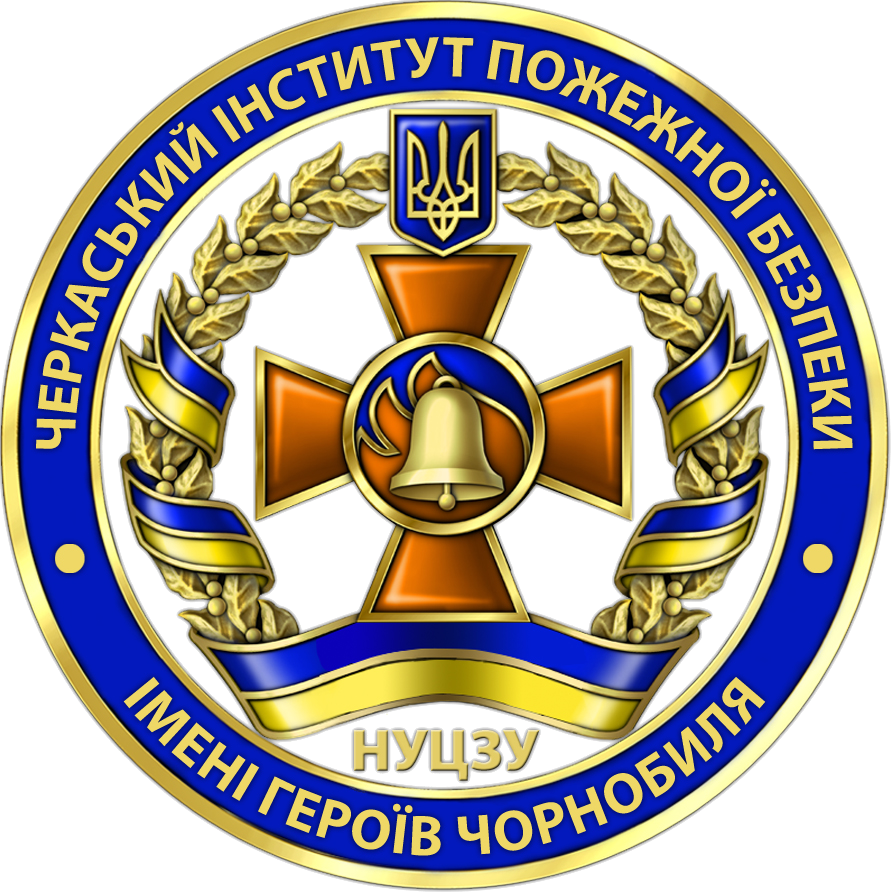CALCULATION OF SMOKE EXHAUST SYSTEM ELEMENTS IN VENTUS PC
Abstract
In the article, the authors analyzed the capabilities of the Ventus software
complex for modeling smoke removal in buildings of different conventional heights.
The authors conducted an analysis of modern methods and approaches to the
calculation of smoke removal systems. This made it possible to identify the advantages
and relevance of issues of improving fire safety due to effective smoke removal. Special
attention was paid to the use of computer programs for modeling the aerodynamic
properties of air flows in rooms of various types and their influence on the functioning
of smoke removal systems. The software product Fire Dynamics Simulator (FDS) has
become widely used.
The authors modeled the artificial smoke removal system for a real object using
the Ventus software complex. A 10-story building with 8 apartments per floor, 2
elevator shafts and stairs was chosen as an example of air flow path calculation. After
the simulation, a model was obtained, which shows all the air flow paths, and the final
result in an Excel table with the calculated areas of all the air flow paths. This made it
possible to assess the accuracy of forecasts regarding the distribution of smoke flows,
their speed and directions in real conditions. The obtained results confirmed that
Ventus is an effective tool for modeling and optimizing smoke extraction systems, which
ensures the accuracy of calculations and improves the safety of residents during a fire.

